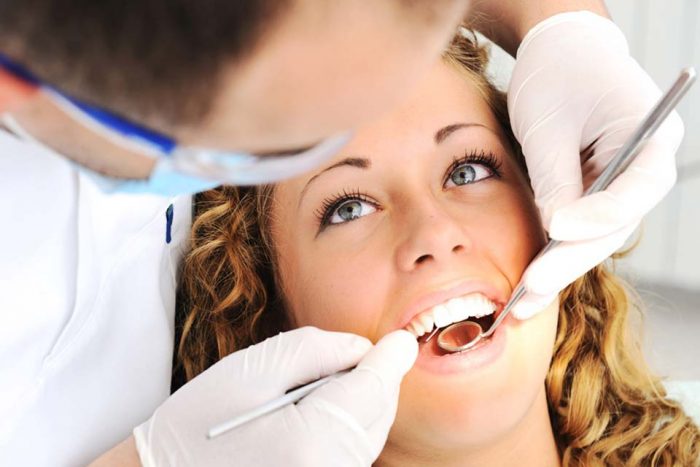If you have never been to the candlewood dental centre since your mum made you go in fifth class, you might not even remember what it was like. If you are now an adult, it is well past time you went and had your teeth checked out and the sooner the better. It will ensure any decays are stopped in their tracks and you will have better overall health.
But what can you expect to have done on that first visit? Unless you have a bad toothache, it is not likely to be a visit where any major work is done. Time has to be spent in examining and advising. So here is what you can expect.
- First off, the receptionist will want you to fill out some forms to get all your details.
- Once you are called into the surgery, the dentist will welcome you and ask what the problem is with your teeth. If there isn’t one, you’ll inform them that you just want a check-up.
- They will then inspect your teeth using a few of their instruments to poke into the crevices and see whether there are any decays.
- If there are none, they might offer to do a clean. This will consist of scrubbing the external teeth with an electric device that will scrape off the tartar if there is any, or just remove the loose debris or plaque. They will then use another device to polish the teeth so that food is less likely to stick.
- After you’ve rinsed your mouth, they will discuss any other treatment they can see is needed.
- If you do have a decay that needs cleaning and filling, they are more likely to offer this service the next time around if it is not causing you any pain.
- Of course, if you haven’t been for years it is highly likely that extensive work needs to be done, so don’t be surprised if you have several decays. The most important thing is to get them fixed up so they don’t become any worse.
These days there is a lot of new technology and dental procedures are not nearly as painful as they used to be. So visiting a dental clinic is not something that should be dreaded or avoided. There are several painless treatments that can reduce the risk of decay.
For instance, you could have those deep crevices in your molars cleaned and filled to prevent them from decaying. This won’t hurt a bit because they are not yet decayed so are unlikely to need drilling out. Another procedure is having them painted with a substance that then hardens and prevents the decay forming. Preventative measures are great.

